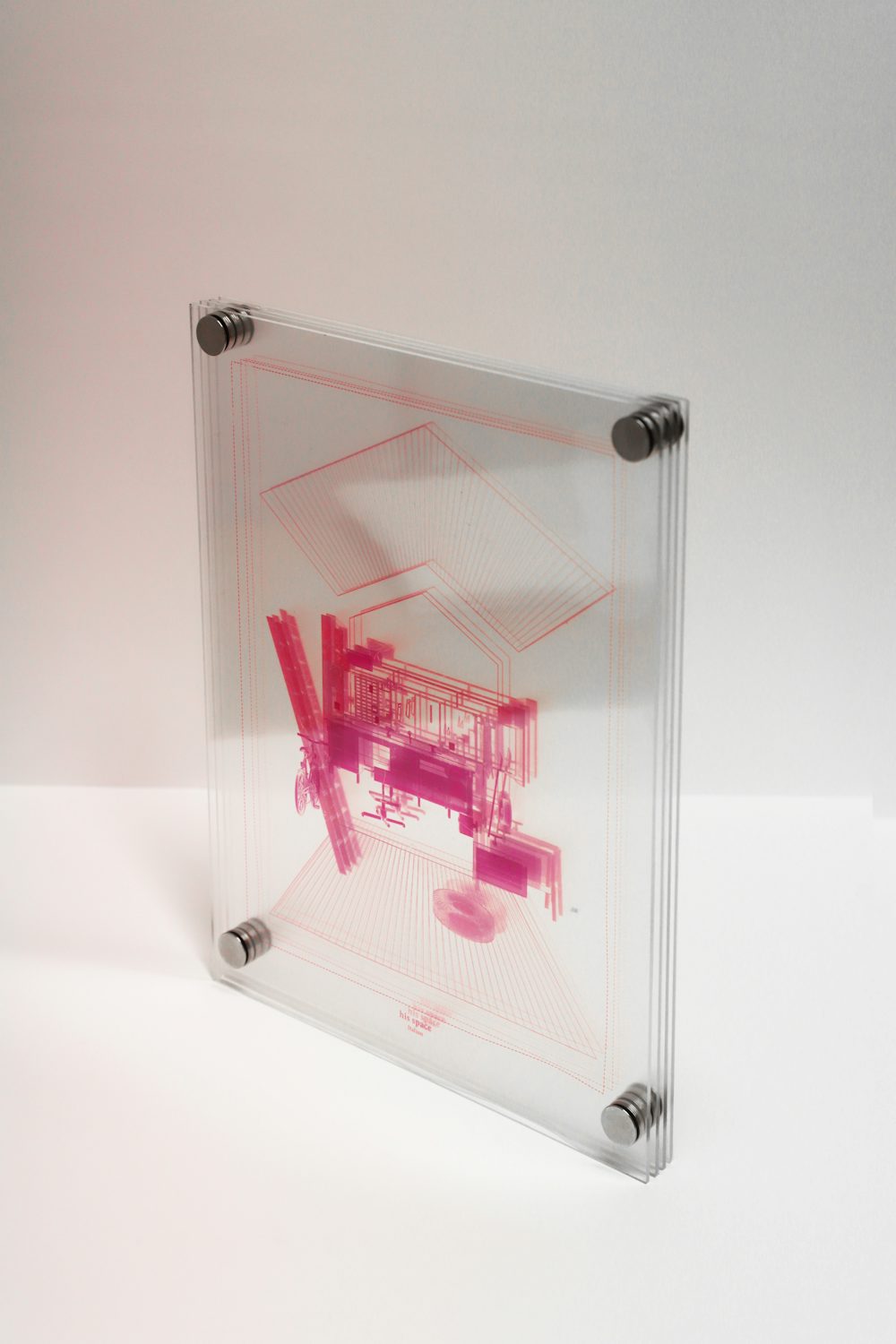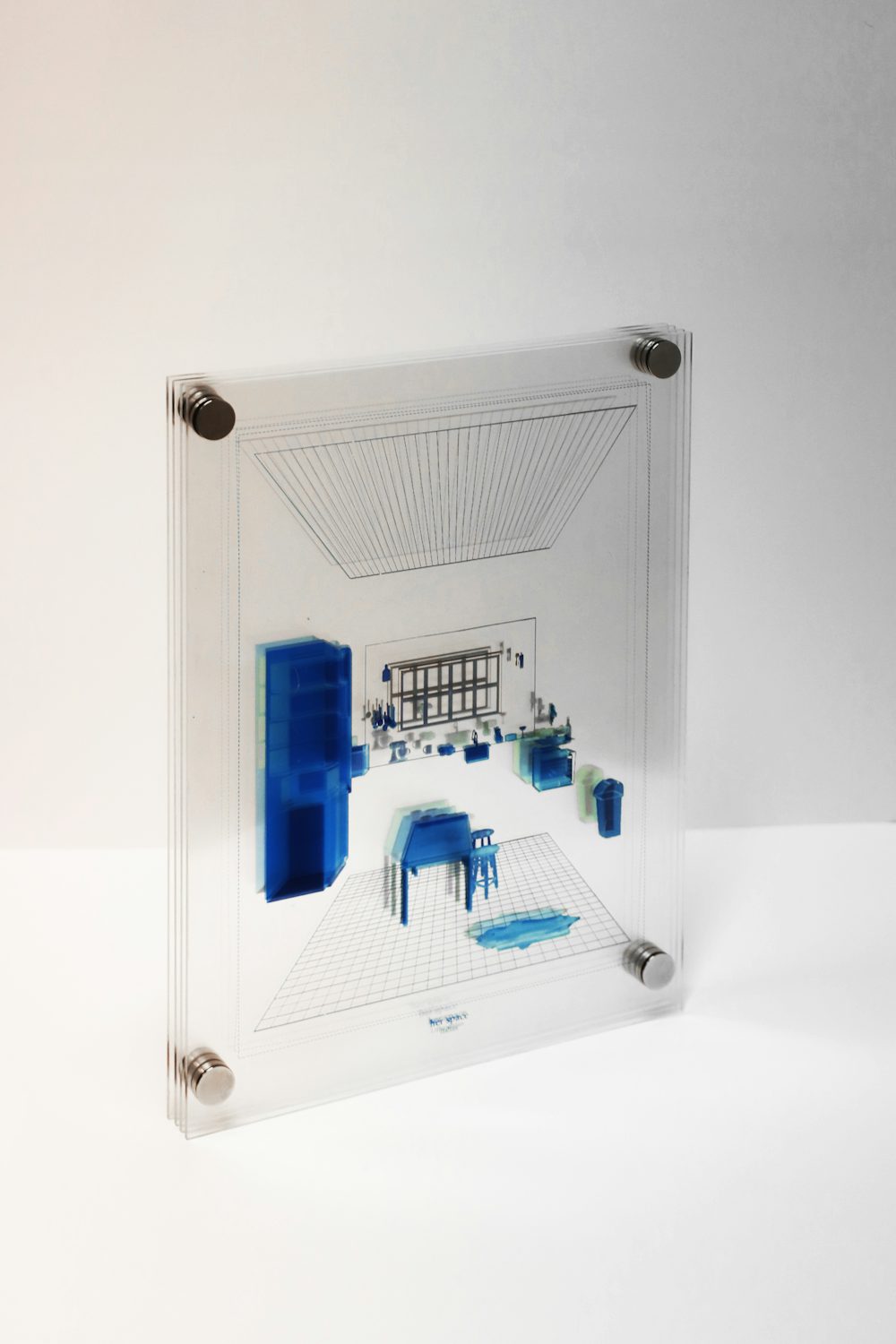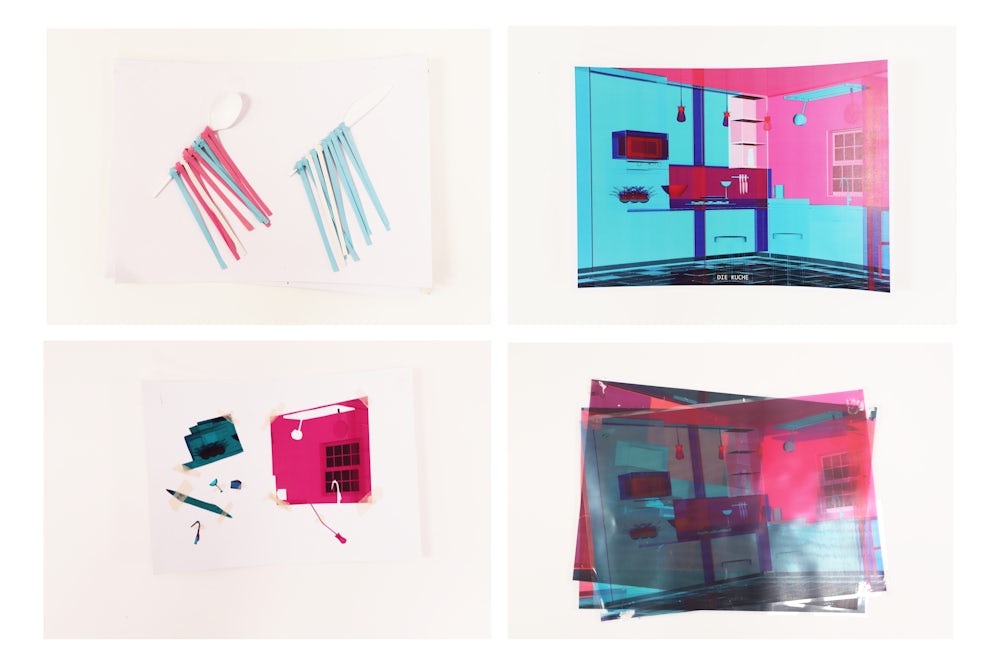The process of mediation is carried out from the point of view of a non-binary gender person balancing between two strictly defined worlds of masculinity and femininity. In doing so, I am trying to understand the polarised world through the structures of gendered languages.
The language represents an essential way of mediation between the physical world and semantics. Grammatical gender is common in a variety of Indo-European languages. It seems to be natural for native speakers, that objects which have no possible connection with the biological sex appear in the languages as male or female. Although the origins of linguistic phenomena remain unknown, they significantly influence the way speakers of gendered languages perceive the unanimated world . Various stereotypically masculine or feminine characteristics are highlighted according to their linguistic genders, what was proved in a study by Boroditsky: "For the German word die Brücke (“the bridge”) is feminine, and therefore “beautiful, elegant, fragile, peaceful, pretty, and slender,” while the masculine el puente was given adjectives like “big, dangerous, long, strong, sturdy and towering.” The study shows that culture is transmitted largely through language. Whenever a speaker of a gendered language names an object, he or she prejudices social stereotypes.
My project investigates language, in order to highlight hidden gender biases and I question the idea of feminine and masculine spaces. In doing so, my project mediates the perception of a gendered language speaker from semantics to a graphical representation of space. The process involves picking two rooms stereotypically considered as male and female space and use blue to highlight grammatically masculine elements in the kitchen and pink to highlight grammatically feminine elements in the workshop.
Grammatical gender, as well as gender roles are social constructs, which seem to be unquestionable from the point of view of a certain culture, but they vary from one culture to another. The examples of five different Indo-European languages are chosen and overlapped in order to show the fluidity of gender constructs.



